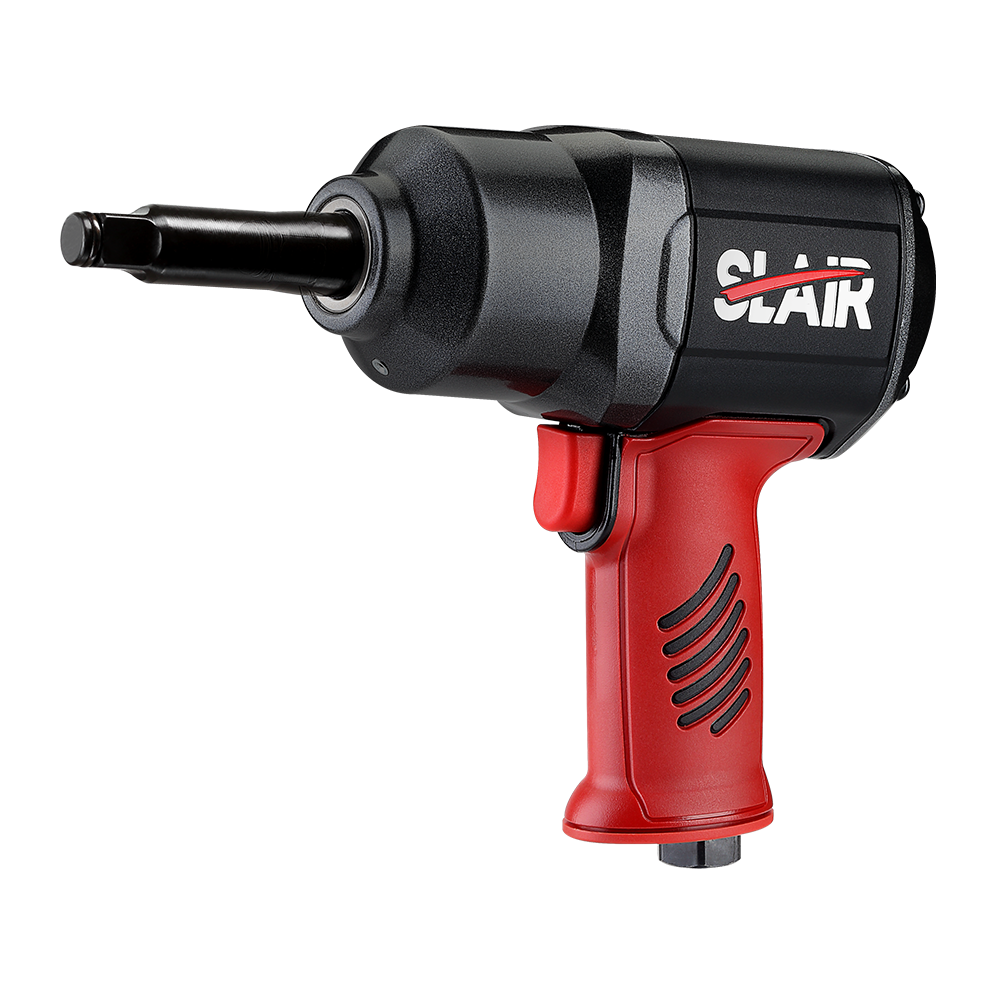Selecting an air blow gun designed specifically to minimize noise is one of the most direct ways to reduce sound levels during operation. Many manufacturers offer blow guns equipped with sound-dampening features, such as built-in mufflers, silencers, or noise-reducing nozzles. These blow guns are engineered to minimize the high-frequency sounds that are often generated by high-velocity air. Models designed for quieter operation typically use innovative technologies to suppress noise without compromising air pressure or flow efficiency.
The air pressure applied to an air blow gun plays a critical role in the noise it generates. When an air blow gun is operated at excessive air pressure, the air velocity increases, which directly correlates with higher noise levels. By using the blow gun at the manufacturer-recommended operating pressure or adjusting it to the lowest possible setting that still achieves the desired cleaning or blowing effect, noise can be significantly reduced. It’s important to always use a regulator to ensure that the air pressure remains within the ideal range for both noise reduction and performance.
The design and size of the nozzle are pivotal factors in determining the velocity of the air expelled from the blow gun. Smaller nozzles tend to increase the air velocity and, consequently, the noise level. A nozzle that is too large may reduce effectiveness, but choosing a nozzle that is appropriately sized for the specific application will balance performance with noise control. Specialized nozzle types such as venturi-style or multi-outlet nozzles can help reduce noise. These nozzles direct the airflow in a manner that reduces the turbulence and airspeed, which leads to quieter operation.
Although it might seem counterintuitive, using a longer hose can sometimes help reduce noise levels. A longer hose allows for the gradual dissipation of air pressure, which can reduce the velocity of the airflow coming from the nozzle. The reduced speed of the air decreases the amount of noise generated as a result of high-pressure airflow. However, it’s essential that the hose is of adequate diameter to prevent excessive loss of air pressure, which could compromise the blow gun’s efficiency. Ensure the hose material is durable and appropriate for the intended environment.
To further reduce the noise associated with high-velocity air discharge, consider installing an inline silencer or muffler between the air compressor and the blow gun. These devices are designed to absorb and dampen the sound produced when air exits the nozzle. Inline silencers are particularly effective in applications where noise reduction is a priority, as they can be installed directly on the compressor or air delivery system. Mufflers are designed to reduce both the pressure and noise of the airflow, allowing quieter operation without sacrificing functionality.
Routine maintenance is crucial in ensuring that an air blow gun operates at optimal performance levels with minimal noise. Over time, components such as nozzles, hoses, seals, and connectors can wear or become damaged, leading to inefficient airflow and increased noise. A worn nozzle may result in air leakage or an irregular air stream that produces more noise. Regularly inspect and replace these parts to maintain the blow gun's performance and noise levels. Ensure that the air compressor is functioning properly, as compressor malfunctions can contribute to higher noise levels.
While the noise levels of the air blow gun itself can be managed, the overall noise environment can also contribute to perceived noise. In high-noise industrial environments, consider utilizing designated areas or soundproof rooms for tasks that involve blow guns. Installing noise-reducing barriers, acoustic tiles, or foam panels in the workspace can absorb sound and reduce its propagation, making the work environment quieter overall. The use of soundproofing technologies can be particularly effective in industries where air blow guns are used extensively and noise reduction is a priority.





 English
English 中文简体
中文简体 русский
русский Deutsch
Deutsch Português
Português Español
Español
















